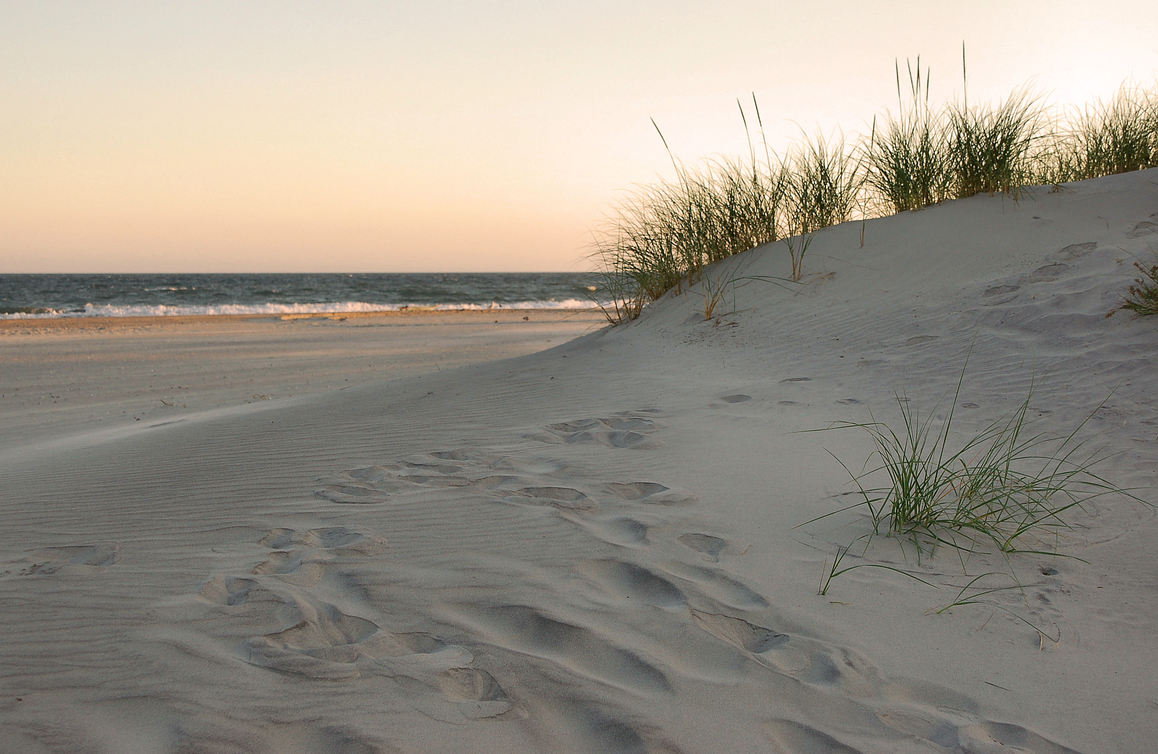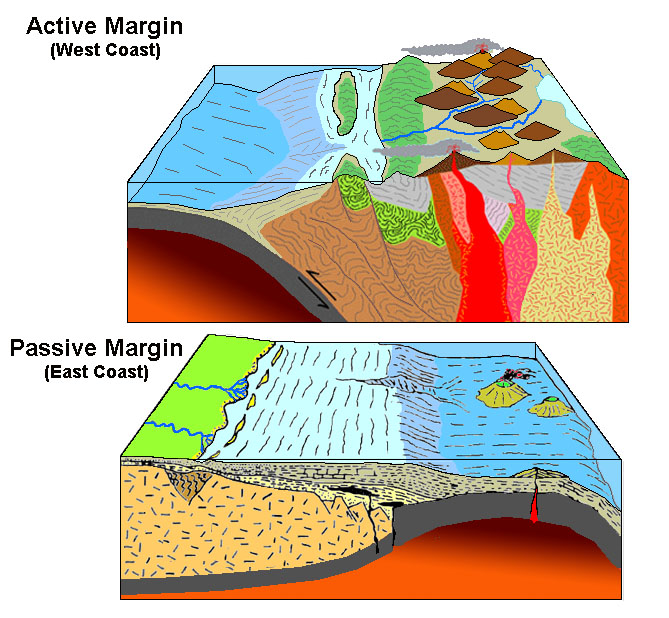
Tides. Winds. Waves. You might think of those right away when you ask yourself “Why are beaches so different from one another?” The story of how and why beaches are unique is more than what we witness while lying in a beach chair watching the tide go out hour by hour. The personality of a beach actually started long before … depending on what type of activity occurs near it.
If a beach is on a coast with a lot of earthquakes and volcanoes than it means that coast is active. Active coasts are going to be rocky, jagged, and edgy. Think “lots of cliffs”. This is easily seen along the West coast of the U.S. On the other hand, a beach might have a gentle slope with dunes leading to the sea. Think “the picture above”. There may be earthquakes but they’re rare and no volcanoes. This would mean the coast is passive. Being an active or passive coast is the foundation of a beach. Almost like its genetics or DNA.
 So what gives a beach its true character is what it relates with on a daily basis. Just like the people and media we interact with on a daily basis shape our true character. For instance, does a beach have an expansive estuary nearby? Does a beach have an energetic or dormant volcano nearby? If this is the case the coast would also be considered primary. Primary coasts have been created by land based factors such as drowned river valleys, glaciers, or volcanoes. On the other hand, the ocean can play an important role in shaping a coast as well. Maybe there is considerable wave erosion lapping the shore? Are coral reefs, barrier islands, or other marine depositions nearby that helped to form a shoreline? These coasts are called secondary.
So what gives a beach its true character is what it relates with on a daily basis. Just like the people and media we interact with on a daily basis shape our true character. For instance, does a beach have an expansive estuary nearby? Does a beach have an energetic or dormant volcano nearby? If this is the case the coast would also be considered primary. Primary coasts have been created by land based factors such as drowned river valleys, glaciers, or volcanoes. On the other hand, the ocean can play an important role in shaping a coast as well. Maybe there is considerable wave erosion lapping the shore? Are coral reefs, barrier islands, or other marine depositions nearby that helped to form a shoreline? These coasts are called secondary.
Beaches are either on a passive or active foundation and each have prevailing short term factors of primary (land based erosion) or secondary (ocean based erosion). The combination of characteristics give each beach a distinctive quality. Just like each one of us each beach is valuable and precious.







Speak Your Mind